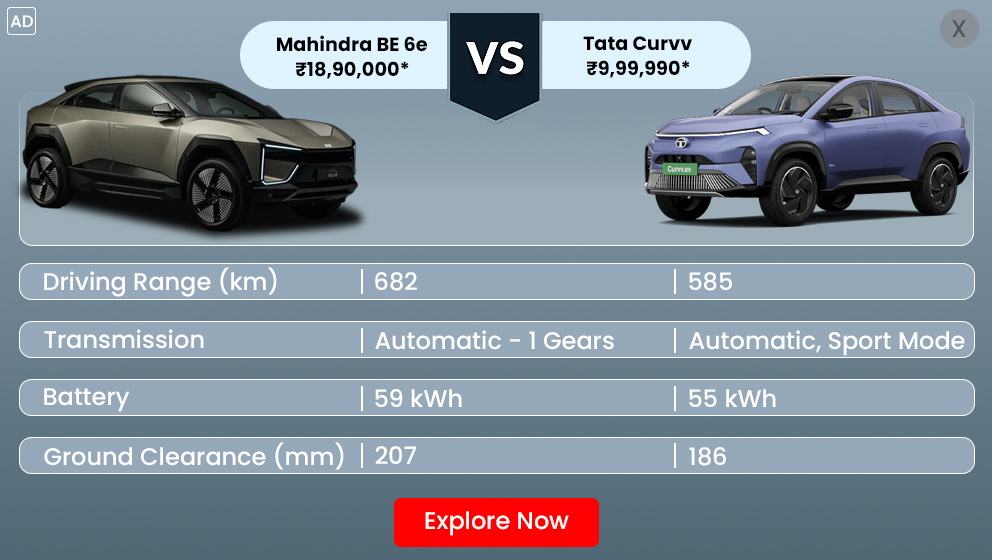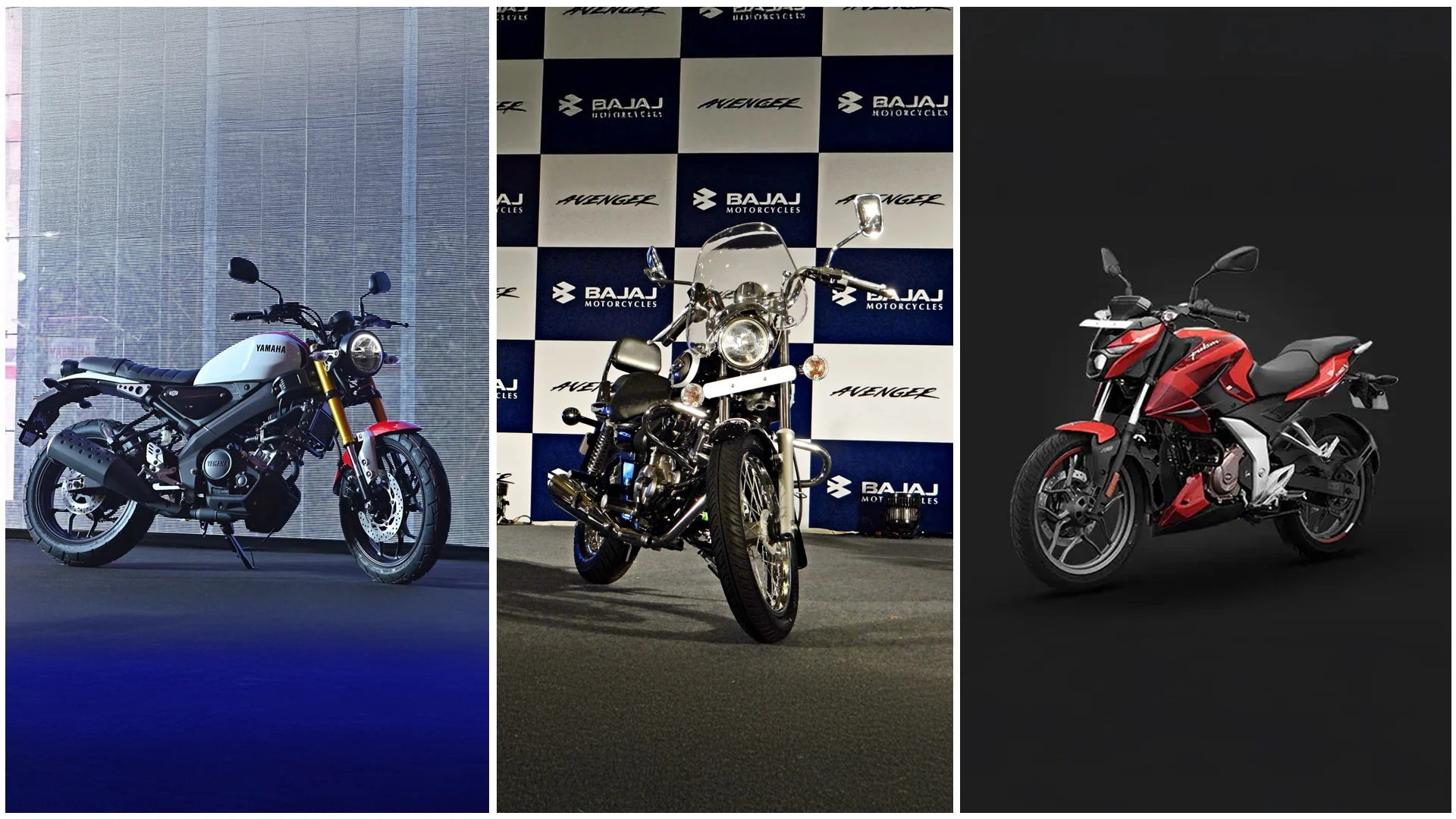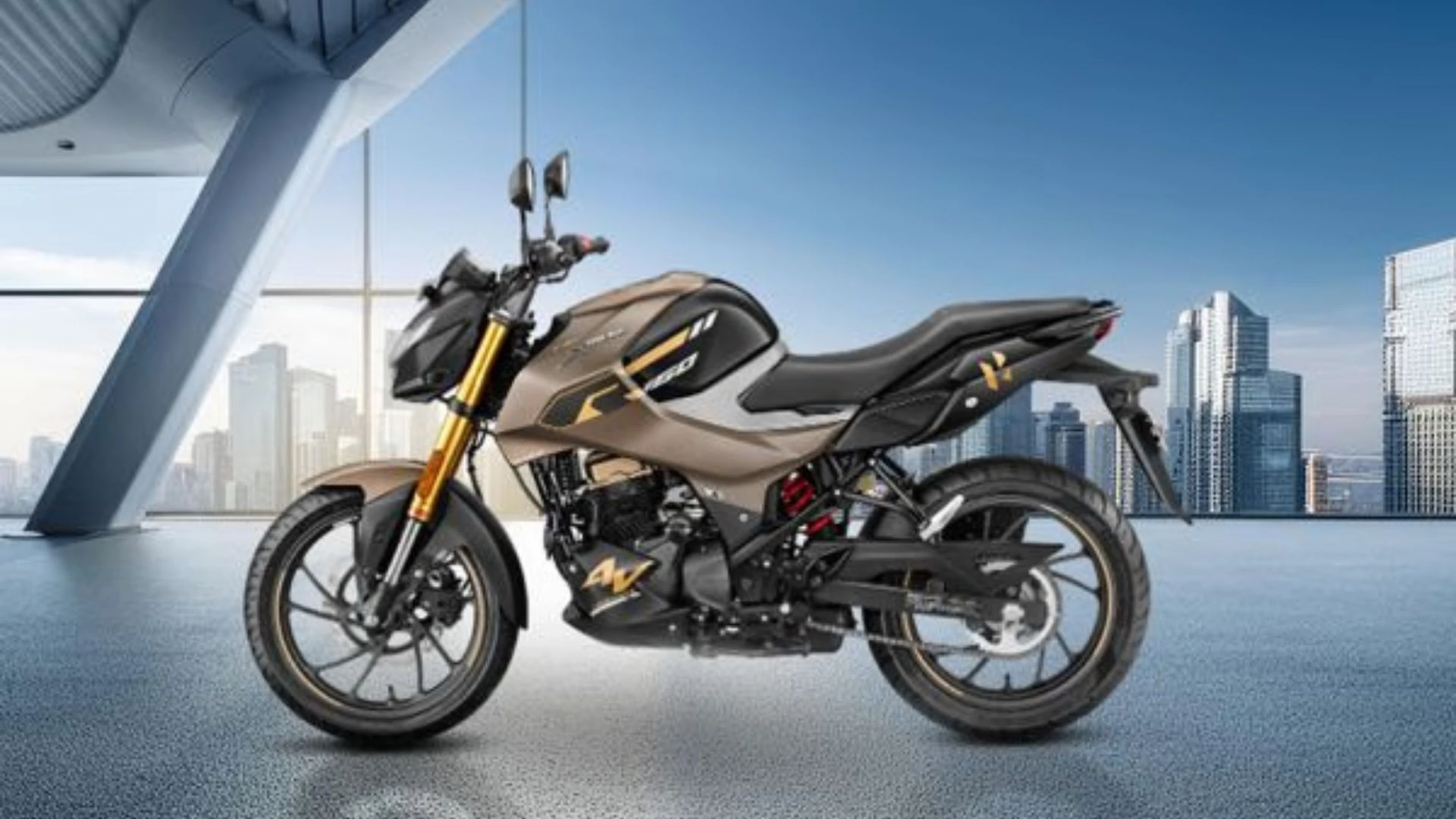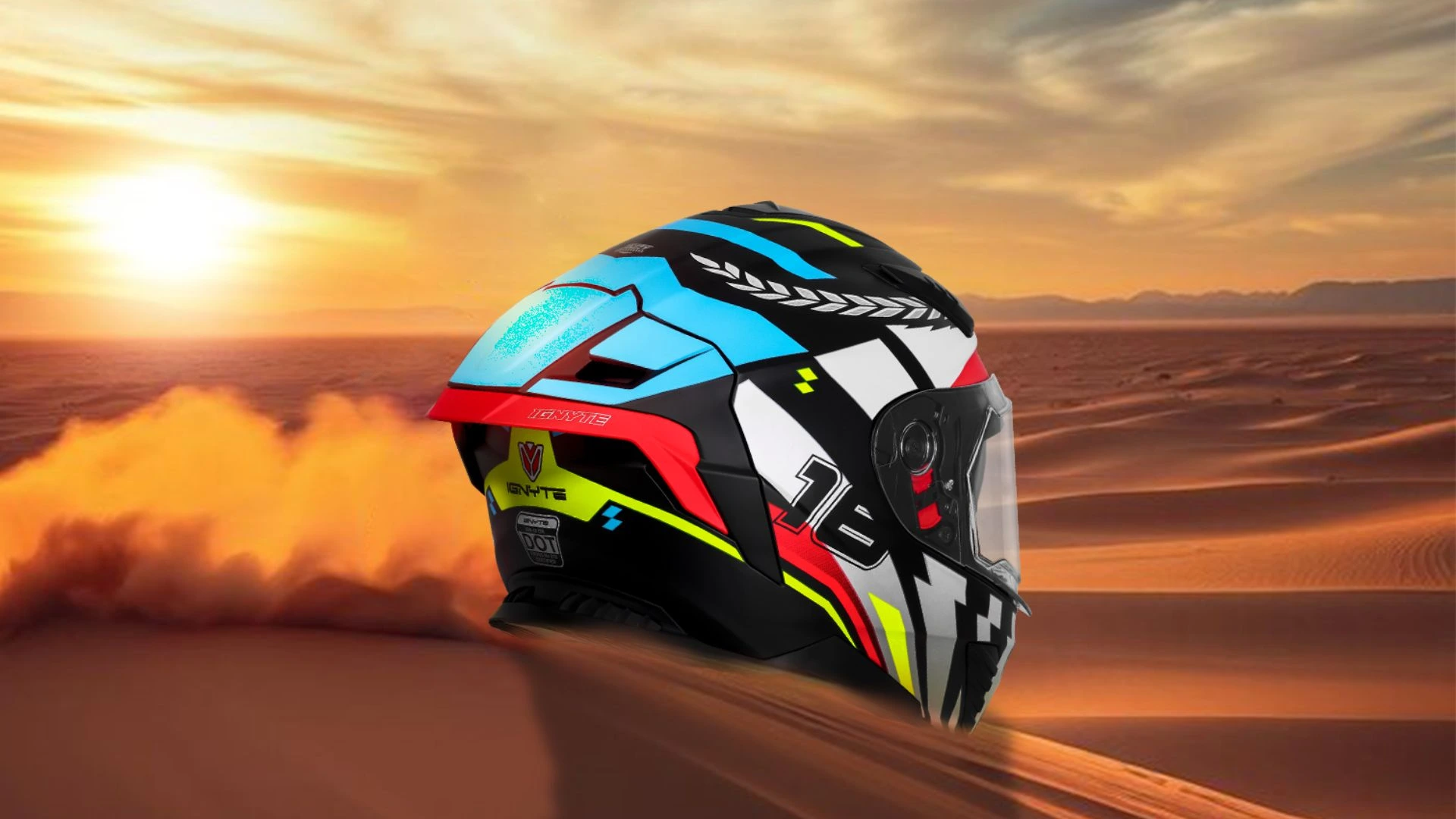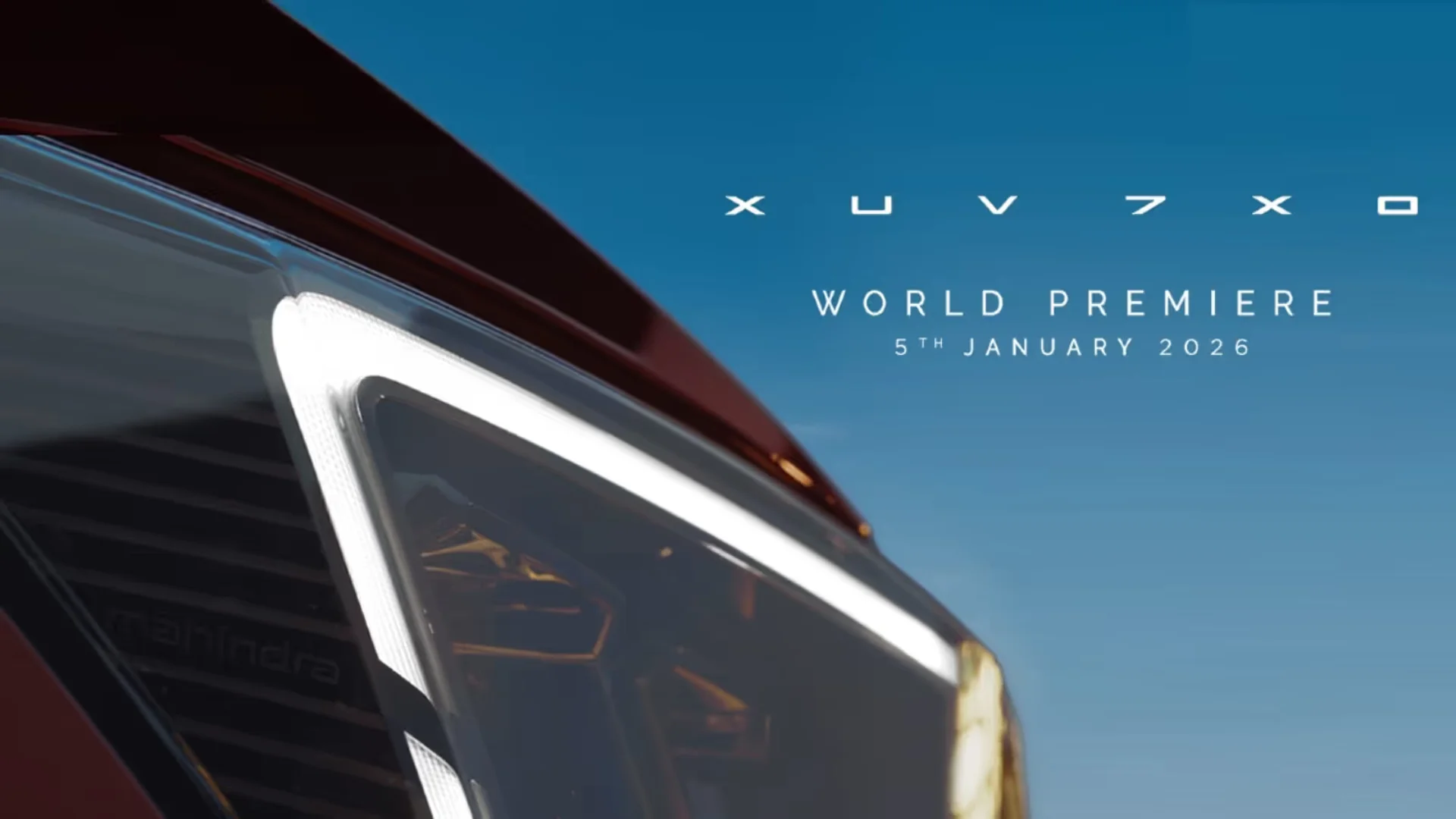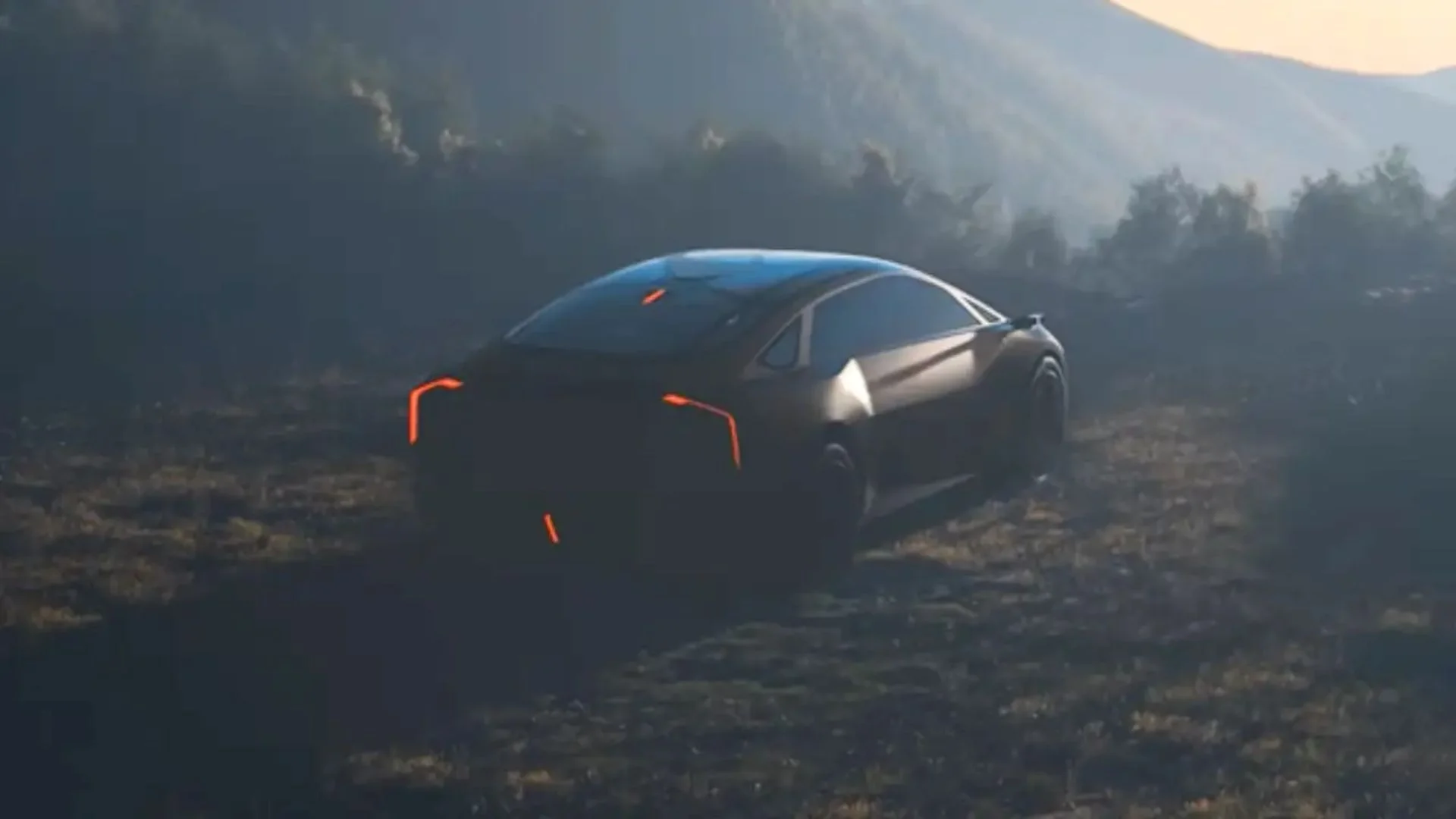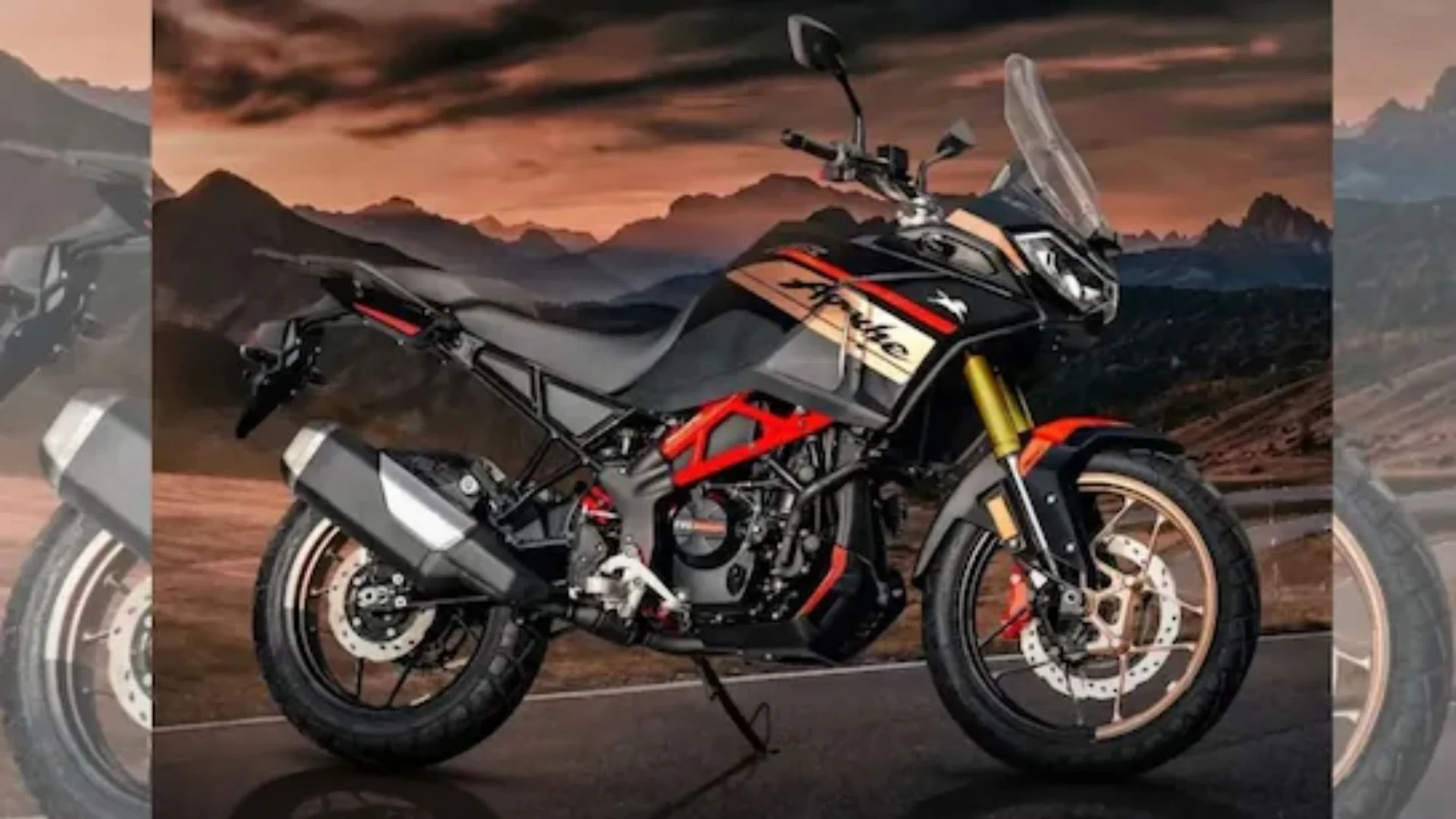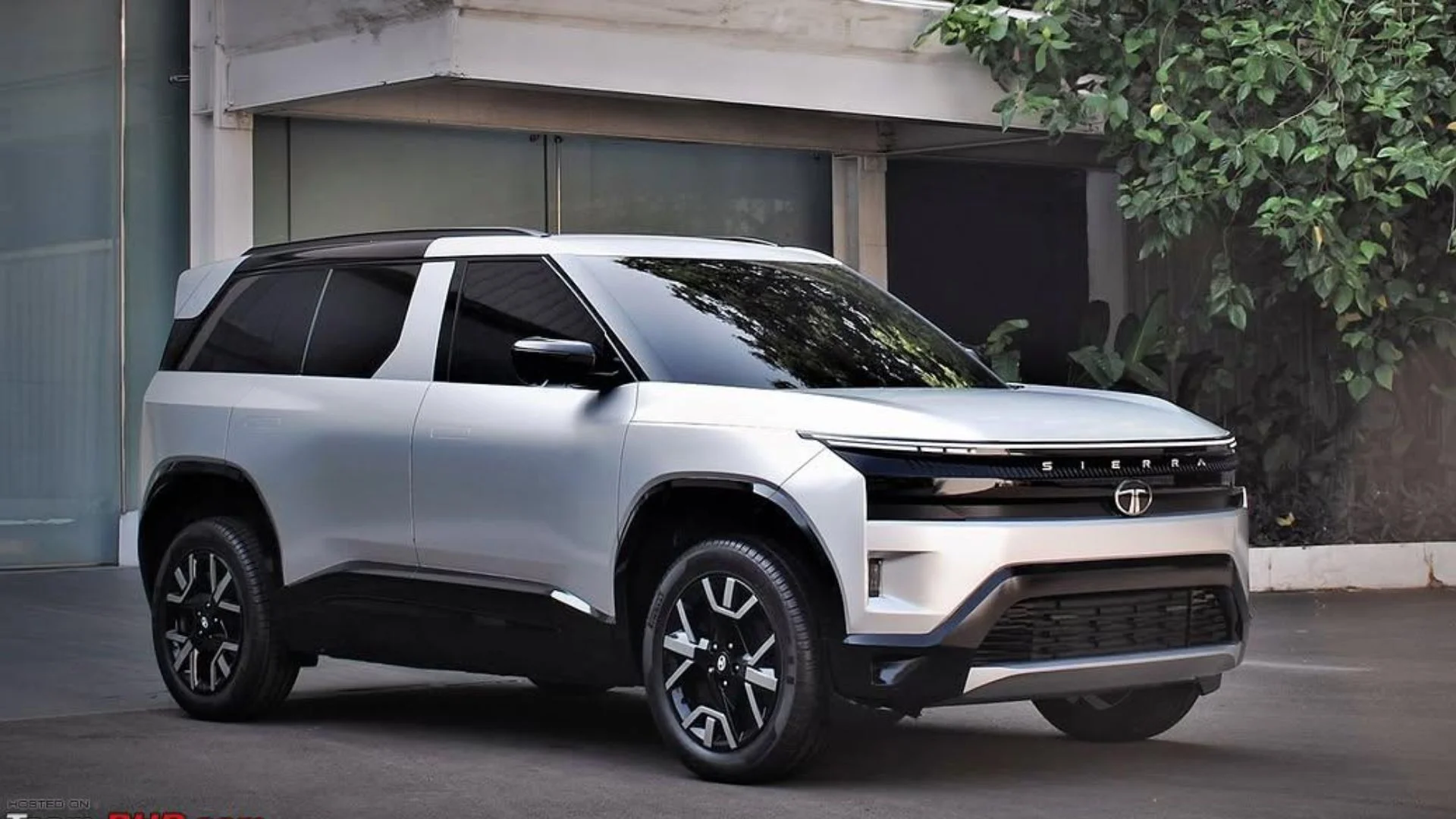Choosing the right motorcycle in the 150–220cc segment can be challenging, especially when each option offers a distinct personality, riding character, and value. In this detailed comparison of Yamaha XSR 155 vs Avenger 220 vs Bajaj Pulsar N160, we break down design, performance, mileage, features, and real-world usability to help you make a confident and informed decision.
The Indian two-wheeler market is diverse, and the trio, Yamaha XSR 155 vs Avenger 220 vs Bajaj Pulsar N160, represents three completely different riding philosophies.
- Yamaha XSR 155: delivers neo-retro design combined with responsive performance and advanced features.
- Bajaj Avenger 220: is a pure cruiser built for relaxed ergonomics and long-distance comfort.
- Bajaj Pulsar N160: offers a modern streetfighter package ideal for daily commuting and fuel-conscious riders.
This comparison covers all essential aspects, engine behaviour, power delivery, mileage, braking, handling, comfort, reliability, features, and on-road price differences, ensuring clarity for your purchase decision.
Yamaha XSR 155
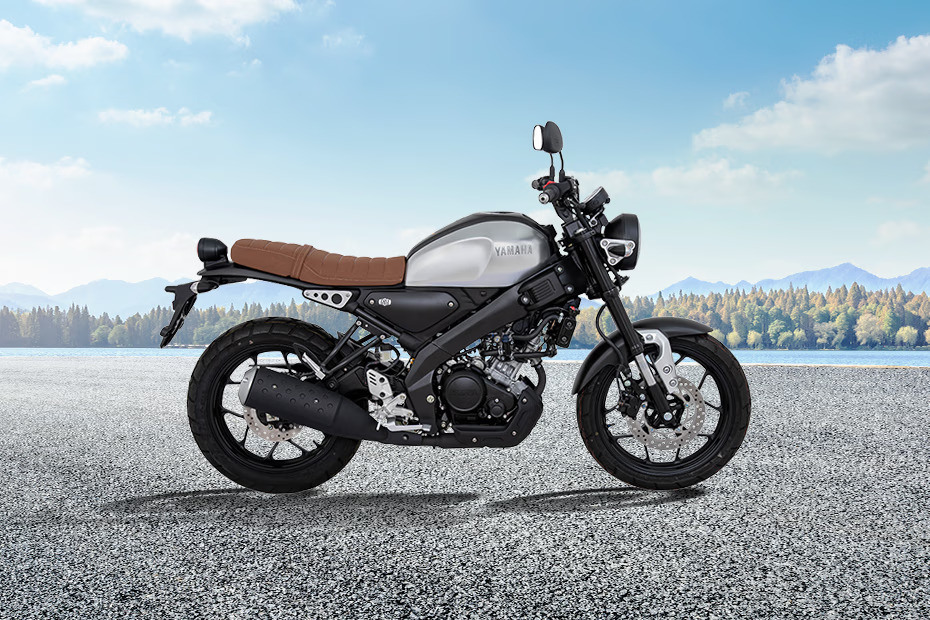
The Yamaha XSR 155, inspired by Yamaha’s globally acclaimed “Faster Sons” design philosophy, comes equipped with a precise 6-speed gearbox. Combined with its lightweight frame, refined engine, and premium build quality, it offers an ideal blend of sporty performance, agile handling, and contemporary neo-retro styling.
Key Specifications
|
Specification |
Details |
|
Engine |
155 cc |
|
Power |
18.4 PS |
|
Torque |
14.2 Nm |
|
Mileage |
45.5 kmpl |
|
Kerb Weight |
137 kg |
|
Brakes |
Dual Disc |
Features of Yamaha XSR 155
6-Speed Gearbox – Offers smoother acceleration, better high-speed cruising, and improved engine efficiency.
Dual-Channel ABS – Improves braking confidence and control during sudden stops or slippery conditions.
Full LED Lighting – Retro-inspired headlamp and tail-lamp design combined with modern illumination performance.
Bluetooth Connectivity – Provides smart alerts and essential riding data through the connected digital interface.
Traction Control System – Enhances safety by reducing wheel slip during acceleration on wet or unstable surfaces.
Deltabox Frame – Provides excellent rigidity, stability, and precision during cornering and spirited riding.
Digital Cluster – A clean, fully digital instrumentation panel displaying speed, trip data, fuel level, and indicators clearly.
The Yamaha XSR 155 price positions it as a premium, stylish, and performance-focused machine for riders who appreciate refinement.
Bajaj Avenger 220 Cruise
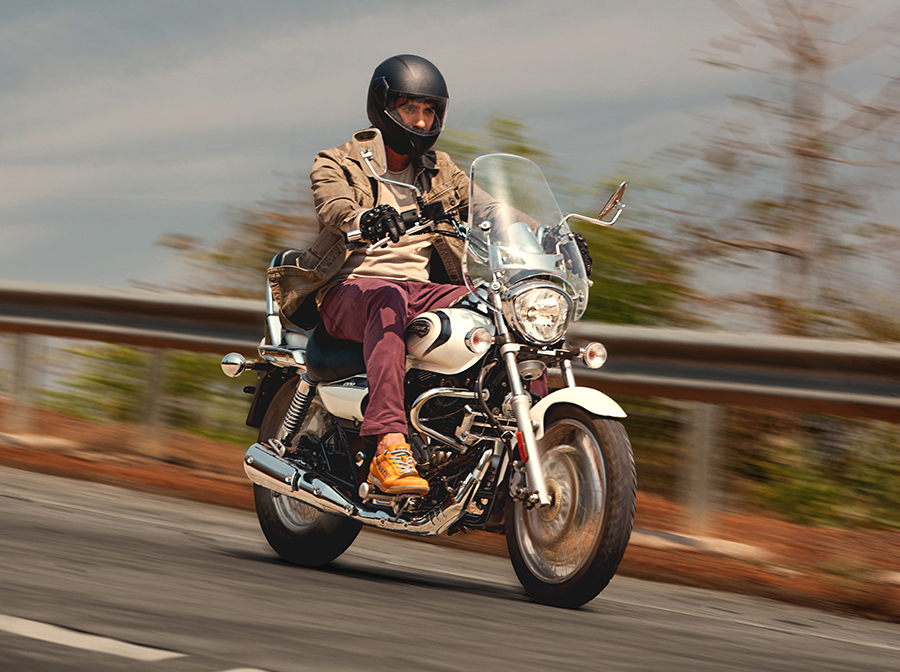
The Bajaj Avenger 220 Cruise has long been the go-to choice for riders who value comfort above all. With its low seat height, forward controls, and tall windshield, it excels in effortless cruising.
Key Specifications
|
Specification |
Details |
|
Engine |
220 cc |
|
Power |
19.03 PS |
|
Torque |
17.55 Nm |
|
Mileage |
40 kmpl |
|
Kerb Weight |
163 kg |
|
Brakes |
Single Disc (ABS) |
Features of Bajaj Avenger 220
5-Speed Manual Gearbox – As per the official specification sheet, the Avenger 220 uses a 5-speed constant mesh transmission, giving a smooth and predictable power delivery.
Single-Channel ABS – Provides controlled and confident braking in various conditions.
Large Windshield – Helps reduce rider fatigue by deflecting wind during long highway rides.
LED Tail Lamp & DRLs – Combines classic cruiser aesthetics with modern lighting for visibility.
Digital Instrument Cluster – Displays speed, trip data, and other vital riding information in a clean and functional layout.
Comfort-Focused Ergonomics – Features forward-set footpegs and a relaxed riding posture, ideal for cruising and touring.
When comparing Yamaha XSR 155 vs Avenger 220 vs N160, the Avenger clearly stands out in comfort but not in agility or modern sportiness.
Bajaj Pulsar N160
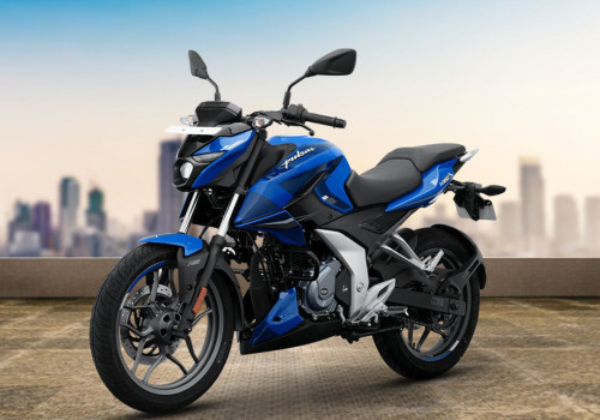
The Pulsar N160 is engineered for efficiency and practicality, making it an ideal choice for daily city riders. Its engine tuning prioritises usable torque and fuel economy without compromising on modern design.
Key Specifications
|
Specification |
Details |
|
Engine |
164.82 cc |
|
Power |
16 PS |
|
Torque |
14.65 Nm |
|
Mileage |
59.11 kmpl |
|
Kerb Weight |
147 kg |
|
Brakes |
Dual Disc (Dual-Channel ABS Optional) |
Features of Bajaj Pulsar N160
5-Speed Manual Gearbox – According to the official specification, the Pulsar N160 uses a constant mesh 5-speed transmission, giving a familiar and reliable shift feel.
Dual-Channel ABS – Provides strong, confidence-inspiring braking control for both front and rear wheels.
LED Headlamp & DRLs – Sporty projector headlight design with modern-day running lights for improved visibility.
Smart Bluetooth Connectivity – Offers phone alerts and smart notifications via Ride Connect, enhancing convenience.
Digital Instrument Console – Displays essential riding data clearly, including speed, gear position, fuel, and trip info.
Analogue Tachometer – A classic Pulsar-style analogue tachometer complements the modern digital speedometer.
The Bajaj Pulsar N160 mileage makes it the most economical bike in this comparison.
Comparison Yamaha XSR 155 vs Avenger 220 vs Bajaj Pulsar N160
|
Features / Bikes |
Yamaha XSR 155 |
Bajaj Avenger 220 |
Bajaj Pulsar N160 |
|
Price (Approx.) |
₹1.50 Lakh |
₹1.44 Lakh |
₹1.13 Lakh |
|
Engine |
155cc Liquid-Cooled |
220cc Air-Cooled |
164.82cc FI |
|
Power |
18.4 PS @ 10,000 rpm |
18.76 bhp @ 8500 rpm |
16 PS @ 8750 rpm |
|
Mileage |
45.5 kmpl |
40 kmpl |
44.38 kmpl |
|
Riding Style |
Sporty and Agile |
Cruiser and Relaxed |
Streetfighter and City-Agile |
|
Key Features |
Neo-retro design, VVA tech |
Cruiser comfort, windshield |
Modern styling, ABS options |
Key Features Breakdown
1. Design and Styling
- Yamaha XSR 155 – Neo-retro tank design and round LED headlamp.
- Avenger 220 – Chrome touches and a low-slung, laidback design.
- Pulsar N160 – Sharp, aggressive streetfighter appeal.
2. Engine Performance
- XSR 155: Refined VVA engine with high revving ability.
- Avenger 220: Strong mid-range torque ideal for cruising.
- N160: Balanced performance suitable for daily use.
3. Ride Comfort & Handling
- XSR 155: Lightweight and highly agile.
- Avenger 220: Most comfortable for long rides.
- N160: Perfect mix of comfort and city-friendly handling.
4. Fuel Economy
- N160: Class-leading mileage above 59 kmpl.
- XSR 155: Efficient for a performance-oriented engine.
- Avenger 220: Understandably lower mileage for a cruiser.
5. Reliability
All three models come from brands known for strong after-sales support and easy parts availability.
Which Bike Should You Choose?
Go for the Yamaha XSR 155 if:
- You want premium styling with modern engine tech.
- You prefer agile handling and refined performance.
- You appreciate unique design appeal.
Go for the Bajaj Avenger 220 if:
- You enjoy cruiser comfort above everything else.
- You frequently ride on highways.
- You love relaxed riding ergonomics.
Go for the Bajaj Pulsar N160 if:
- You want excellent mileage and low running costs.
- You need a reliable daily commuter.
- You prefer modern, sporty road presence.
Conclusion
The comparison of Yamaha XSR 155 vs Avenger 220 vs Bajaj Pulsar N160 shows that each motorcycle brings its own strengths to the table. The Yamaha XSR 155 review confirms it as the most premium and tech-savvy option. The Avenger 220 remains unbeatable in comfort and cruising capability. The Pulsar N160, with its balanced performance and strong Bajaj Pulsar N160 mileage, is the ideal choice for practical daily riders.
Ultimately, the best motorcycle depends on your riding needs, sporty dynamics, cruiser comfort, or efficient commuting. Whichever you choose, all three motorcycles offer strong value and dependable performance.
Read Also This |
|
|---|---|
|
Hero Xtreme 160R 4V New Edition Launches as India First with Cruise Control |
|
|
Yamaha FZ Rave and XSR 155 Launched in India with New Features and Pricing |
|


